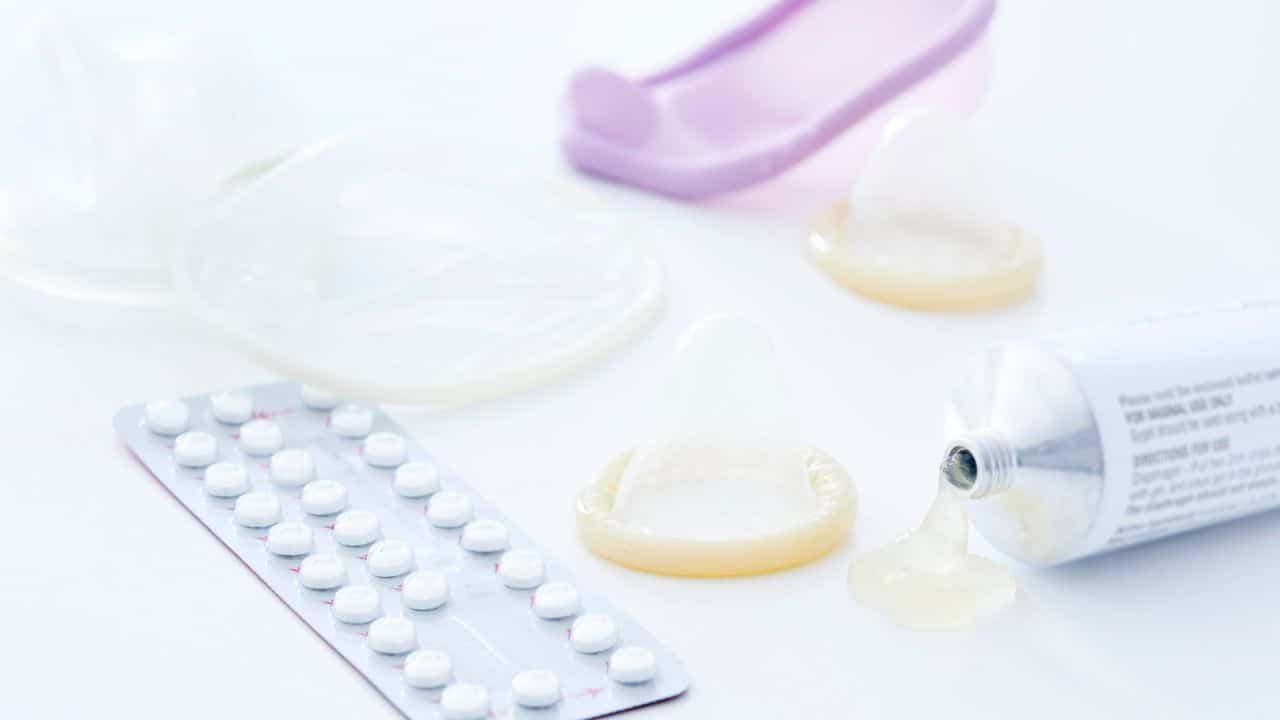The human body is designed to protect itself by rejecting foreign bodies, sometimes immediately, sometimes many years down the track. If it is foreign, the body does not want it inside!!
However, this has not stopped men trying to permanently enlarge their member using a variety of odd and sometimes life-threatening injectable products.
Some non-medical attempts at permanent penis augmentation have include injecting a variety of oils, Vaseline, industrial grade silicon and cheap online ‘miracle products’. Not surprisingly, these have lead to significant complications, infections, grotesque deformity, amputation and, in some cases, death. http://www.nj.com/essex/index.ssf/2015/11/nj_woman_headed_to_prison_for_penis_enlargement_de.html
There have been some permanent dermal fillers available around the world. Originally, there was medical grade silicon that has now been withdrawn for cosmetic use globally. Whilst some people had very successful injections of silicon into the face, many others had tragic results. Silcone is a liquid that becomes surrounded by scar tissue and infiltrates surrounding tissues, as such, it could only be removed via surgical excision, which is extremely difficult and frequently disfiguring.
In Australia, there is only only TGA-approved permanent filler is Aq****d (TGA rules prohibit the use of the names of medicines), however, I have seen significant long term problems from the use of this product especially with infection and I will not use it anywhere in the body.
Internationally, there is PMMA – Poly Methyl Meth Acrylate. The common industrial use for PMMA is to make transparent plastic that you might know as Plexiglass or Perspex. For it’s use in penis augmentation the brands of PMMA used are Metacrill and Linnear Safe and Artefill (but I have not seen this being used for penis augmentation rather facial work – it is too expensive to use large volumes).
PMMA works as a stimulatory filler, that is, it stimulates the body to produce collagen. Yes, there are men who have had PMMA augmentation with very good results but there are also men who rapidly develop unsightly and painful disfigurement. PMMA has been associated with common problems such as hardening and forming large disfiguring nodules that can be very difficult to correct, even with surgery. The potential for infection is also higher given the foreign objects and difficult to treat whilst the particles remain inside. Surgical excision will cause further scar tissue and potentially shorten the penis as the scars contract. Plus, these risks remain forever.
Very few surgeons have any experience with correcting PMMA augmentation problems and most will prefer not to attempt these correction surgeries.
At the end of the day, men really need to weigh up the ‘need’ for penis enlargement versus the risks associated with the injectable product used. If the risks are too high, the procedure is not worth it.

WHATEVER YOU DO, MAKE SURE IT IS SAFE!






